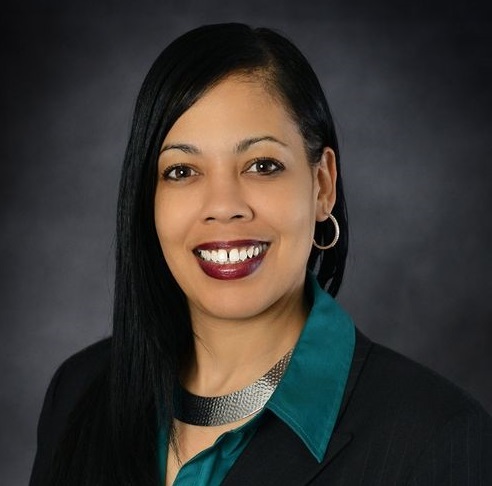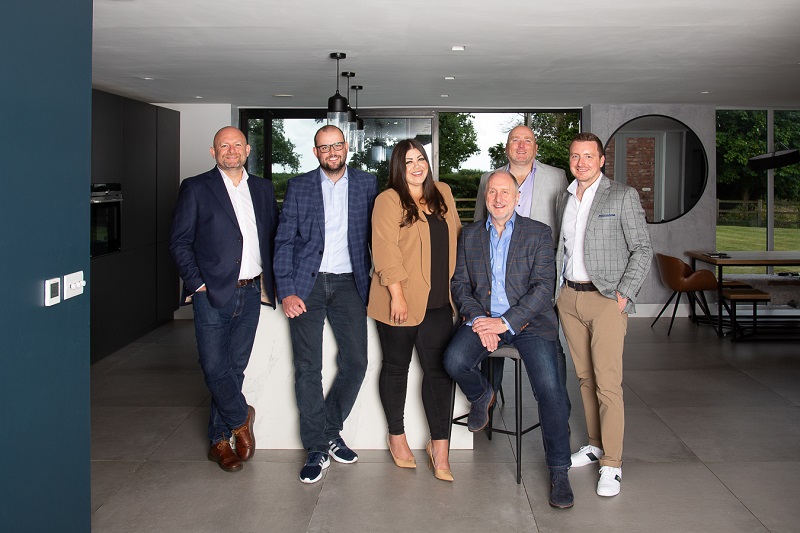The Alliance for Global Inclusion is well overdue. The tech industry has made promising but slow progress when it comes to D&I in the workplace. Women hold around 11% of senior leadership roles, and women of colour only make up a staggering 4% of the computing workforce.
Progress relies on the tech sector coming together to address the underlying issues that led to the deficit in the first place. Without doing so, the industry faces a barrier to long-lasting change.
Part of the problem lies with not having a global framework to benchmark and measure hiring practices. Instead, each company has been working off their own definitions and standards of D&I.
We spoke to Dawn Jones, Chief Diversity and Inclusion Officer and Vice President of Social Impact at Intel Corporations, on the importance of the new Alliance.
Jones, what is the Alliance for Global Inclusion?
It’s a global coalition of companies that have come together to form a new coalition that aims to improve diversity and inclusion (D&I) across industries. Together, we have publicly pledged our commitment to developing and aligning on shared metrics that track the progress of measurable goals.
What sets the Alliance for Global Inclusion apart from other D&I coalitions?
A key differentiator for us is our belief in data transparency and collaboration. Rather than companies and organisations trying to address the issue in isolation, we believe in working together to achieve clear, measurable goals. Each of the partners has committed to creating a shared set of metrics they’ll work towards, alongside employee-led working groups within their companies that play a vital role in helping the Alliance achieve its overall goals.
What is the inclusion index?
It’s a benchmark for companies to track D&I progress. The Inclusion Index provides information on current best practices and opportunities to improve D&I outcomes across industries. The data was collected through a global survey of 13 major companies and will be updated twice a year; it will set a new standard for transparent reporting and ensure other companies are provided with the most accurate information year-round.
One of the challenges has been the lack of a global framework to benchmark and measure hiring practices. Instead, each company has been working off its own definitions and standards of D&I. Collaborating with the industry to provide common definitions and data to clearly identify root causes and actions needed to collectively advance progress and build the future pipeline of talent the main motivations behind creating the coalition.
Is there one goal you plan to focus on more than others over the next year?
We believe all our goals are equally important. We plan to make progress across each of these areas and use the inclusion index to ensure a consistent system of measurement. This will help the coalition better track progress and identify any new areas of improvement for the future.
Why do you believe this is going to create progress on D&I challenges?
One of the key issues faced is the lack of alignment on shared metrics; this makes it challenging for companies to report on D&I progress and almost impossible to gain a broader, consistent view across industries. We believe that by providing a consistent measurement system through our inclusion index, companies can better track progress and create positive change within their corporations.
What specific actions are you taking to address the four critical areas you identified?
We’ve agreed to delivering on a key set of commitments for each of the areas outlined:
• Leadership Representation: we’ll create and distribute guidance for boards when identifying and assessing diverse talent for board consideration.
• Inclusive Language: we’ll create a standard set of language changes that all companies can support and convene with coalition partner companies to encourage adoption.
• Inclusive Product Development: we’ll create multi-stakeholder and cross-industry forums to share best practices on AI governance approaches and utilise existing touchpoints to mitigate bias and embed D&I considerations into product lifecycles.
• STEM Readiness in Underserved Communities: we’ll increase technology access in higher education and partner with wrap-around support services.
Over time, these commitments will help to drive progress and track improvements.
How will members of the Alliance for Global Inclusion ensure they are hitting all the goals?
The Alliance has created workstreams across three impact areas to manage and track the progress. These workstreams will include employees from within the partner companies who will play a vital role in helping the Alliance achieve its goals. Additionally, part of our pledge is to ensure the ongoing involvement of Chief Diversity & Inclusion Officers (CDIOs) at each partner company, who will convene twice a year to track the progress made towards each goal and update the inclusion index data.
Why is it important to address leadership representation?
A diverse leadership team is key to instilling diversity into a workplace’s culture. Leadership matters because it’s leaders who often direct resources and make key decisions. Inclusivity is needed at the highest level of leadership so that those actions are carried throughout the rest of the organisation. It is not enough to have representation in a company if representation does not exist in leadership and key roles up to and including the board of directors.
Why is it important to address inclusive product development?
Diversity and inclusion in the workplace reflect the diversity of a company’s customers. Therefore, it is critical that product design teams are diverse and inclusive to ensure that products will properly resonate with customers and be inclusive of their needs.
Why is it important to address STEM readiness in underserved communities?
STEM talent is growing in demand, and it’s crucial that we continue to build a pathway to ensure under-resourced communities around the world have access to technology careers. There are still significant gaps across gender, ethnicity, and other underrepresented groups in STEM careers. Only by serving those demographics can we build a better future that is diverse and inclusive.
To ensure progress is made and this is not a tick box exercise, how will members be kept accountable?
Our goal from the start has been to operate collaboratively and transparently. While the progress of metrics will be included in our inclusion index updates, another reflection of our progress will be in our ability to work together and share learnings, which we’ll publish on our website.
In addition, CDIOs and working groups within each partner company will play an active role in reporting against progress. Employees within the working groups will present the status update at the bi-annual CDIO convening and openly discuss progress and next steps. However, it’s not about penalising the coalition if a goal is not achieved, it’s about collectively unifying to make progress and understanding where pivots may be required to achieve the goals we’ve set.









